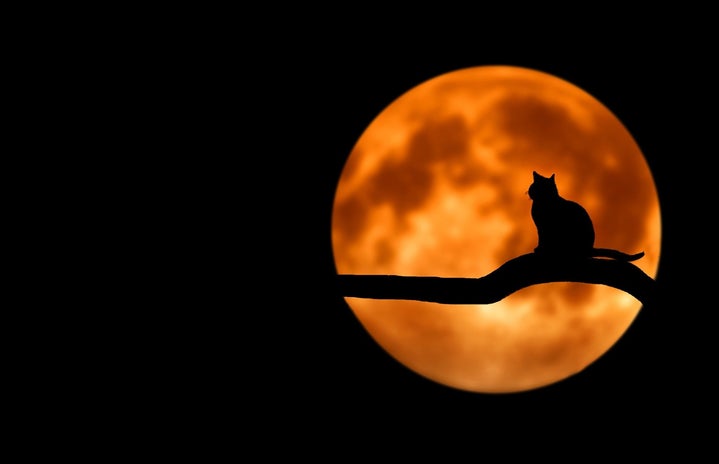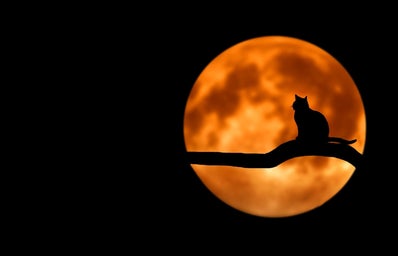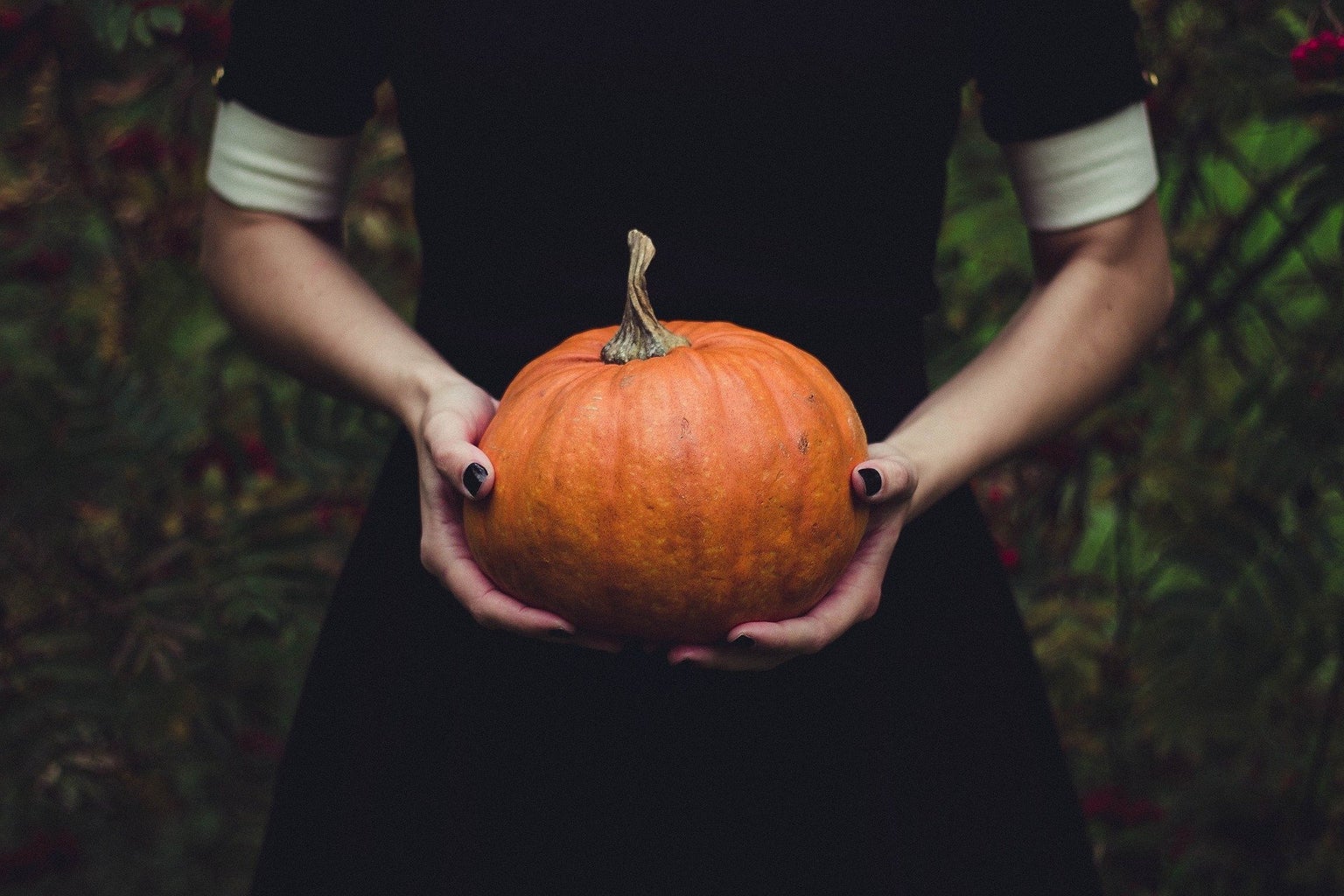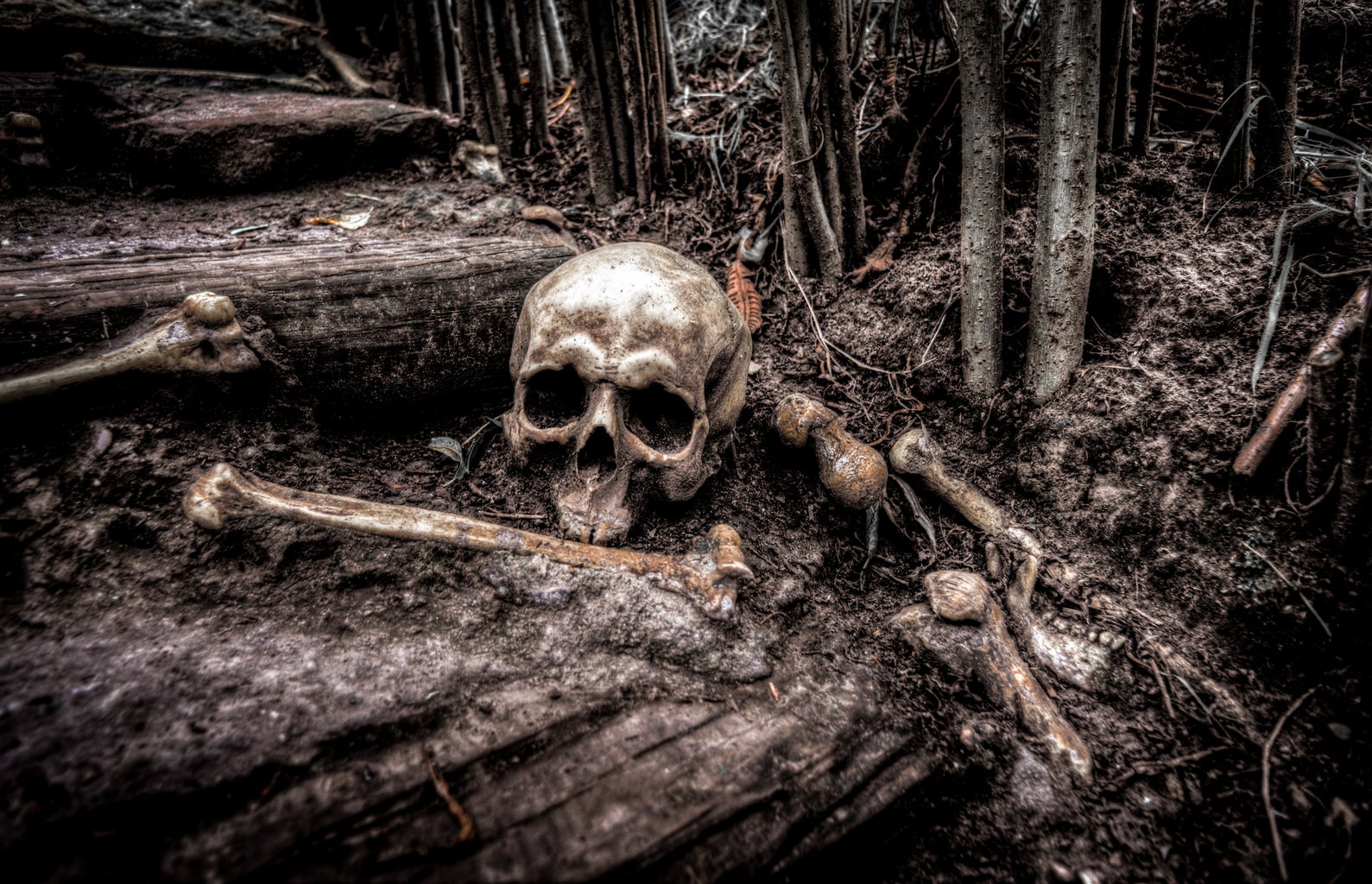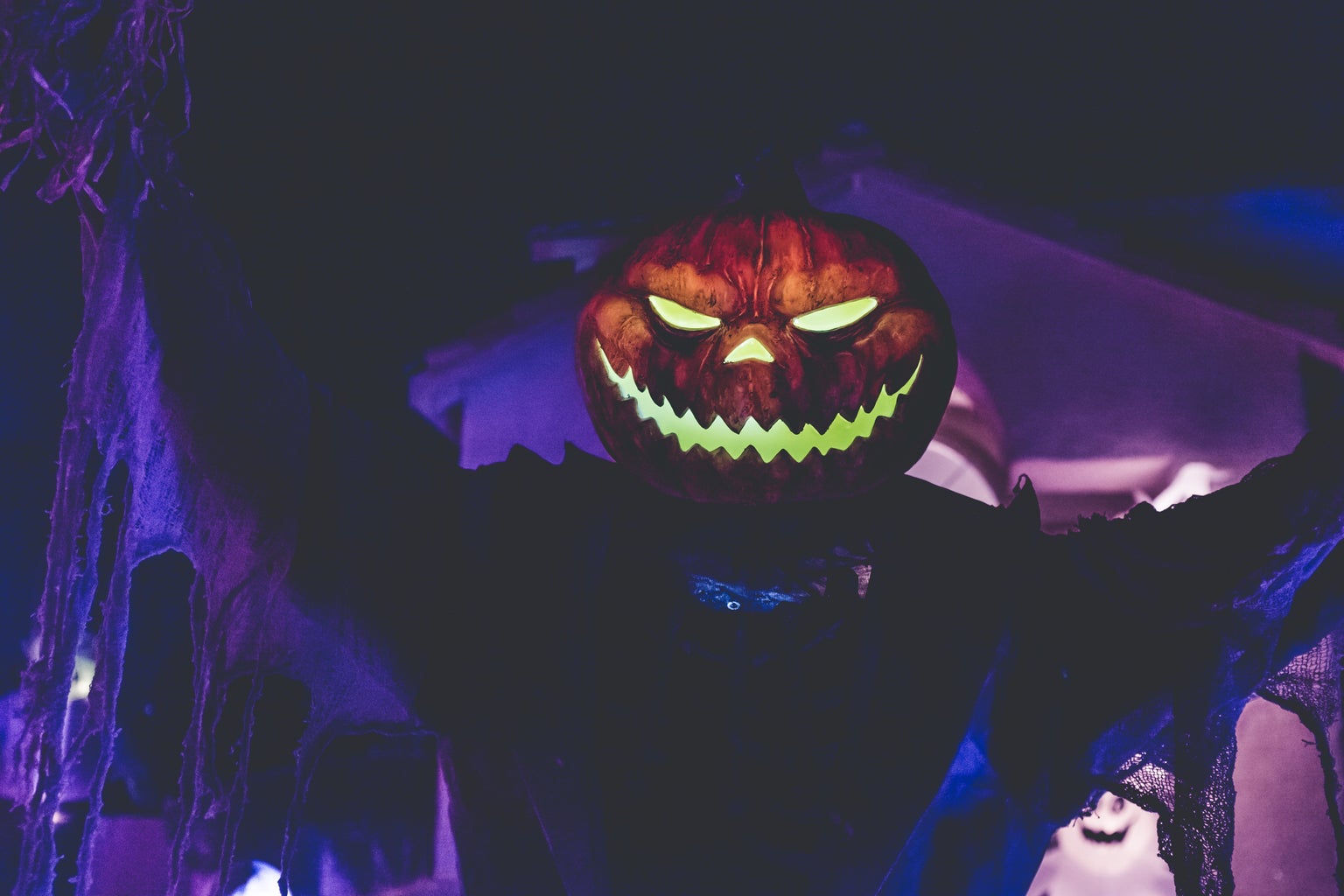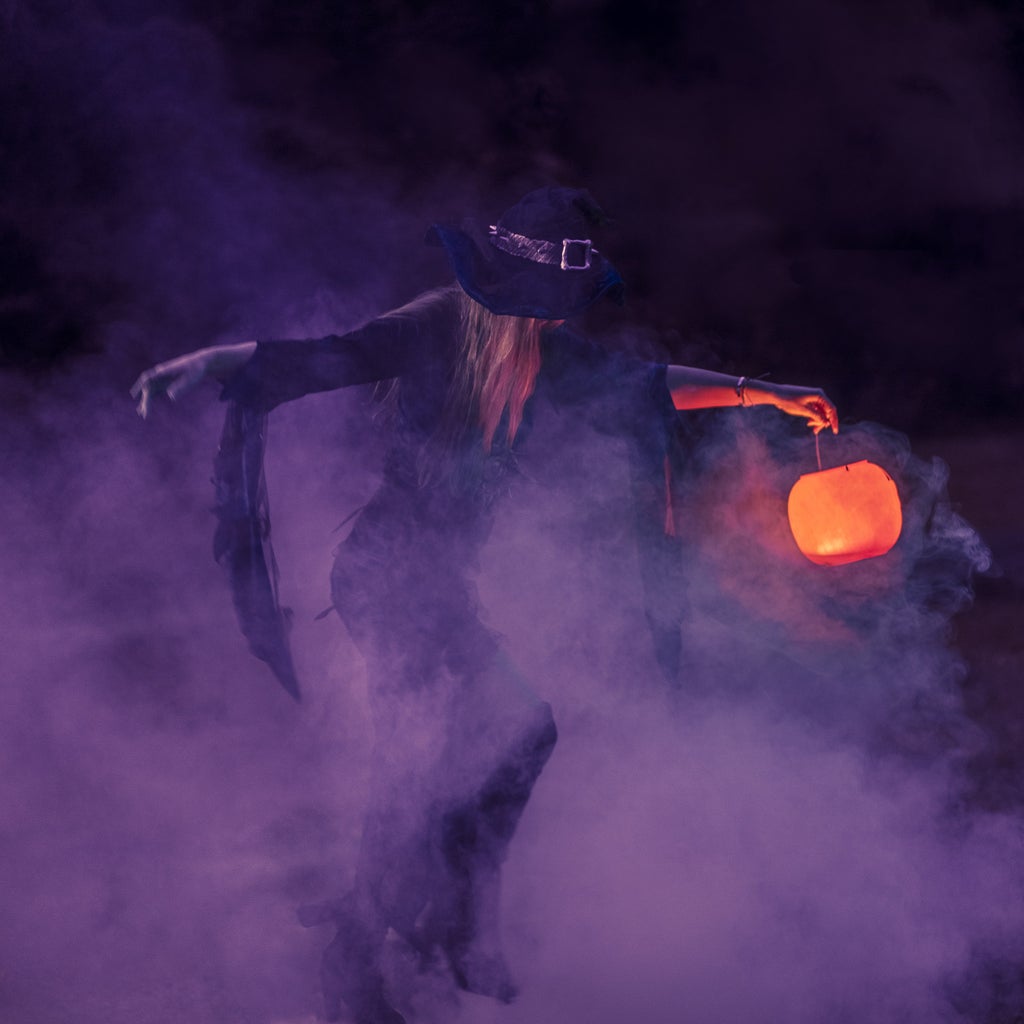As college students, when we think of Halloween I’m sure many of us imagine sexy alien costumes, blow up cow costumes, and booze… or something of that sort. Especially as UC Davis students, I imagine we have all seen the party bike downtown filled with belligerent adults dressed in tiny clothes and the students who show up to lecture on October 31st at 7am dressed like Vecna on his worst day. But what about the kids downtown with their parents going from house to house joyfully squealing “Trick or Treat!” before receiving candy in their plastic Jack-o-lantern buckets? Where does this ritual come from? How did Halloween get its name? The only way to know is to question, so let’s dive in!
Halloween stems from the ancient Celtic festival Samhain (sow-in), beginning over roughly 2,000 years ago (History). Samhain began in Ireland, the UK, and France — indicating that the summer harvest season was being taken over by the cold winter. At this time, winter was commonly accompanied by death and thus, the Celts believed that the night before the new year, the boundary between the mortal realm and the realm of the dead blurred — enabling spirits to walk among the living again (History). Thus, on this night, Samhain was celebrated.
The Celts believed that on the night of Samhain, ghouls and spirits would cause destruction. They also believed that spirits without human forms, such as elves, fairies, and dark energies, could also engage with mortals (Mark). However, simultaneously, this was the night that Celtic priests were believed to have the ability to prophesize and possibly manifest the future of their community. In an effort to reap rewards from Celtic deities and get on the good side of mischievous entities, the Celts wore animal heads and costumes while they gathered around bonfires making offerings in turn for good fortune (History; Kaplan and Cain). The animal heads, masks, and faces covered in ash from the bonfires (guising) were worn so that mortals could remain safe from dark energies and their tricks (Mark). Additionally, Celts would carry “Jack-o-lanters” for protection.
The Jack-o-lantern legend centers around Jack O’Lantern, a drunk jerk who tricked the Devil and thus was fated after death to roam the dark eternally searching for a resting place (Kaplan and Cain). Begging the Devil for help, he was hit with a fiery coal, later placing it in a turnip lantern to aid in his eternally dark journey (Kaplan and Cain). The turnips became ornate — bearing flickering candles inside that exposed scary carved faces. Celts would carry these lanterns to ward off spirits while celebrating Samhain. Eventually, a pumpkin became the alternative to the turnip, as it was easier to carve and kids began using plastic replicas to carry around the treats they accumulated throughout the night (Mark). So how did these traditions start and how did Halloween get its name?
By 43 A.D., The Roman Empire conquered a majority of Celtic territory, leading to the implementation of Roman beliefs within Celtic holidays (History). As a result, in 1000 A.D., All Souls’ Day became a holiday to honor the dead. Similar to Samhain, All Souls’ Day was celebrated by wearing costumes, such as angels and devils, while parading around large bonfires (History). All Souls’ Day became known as All-Hallows, thus making Samhain All-Hallows Eve and now Halloween (History). Halloween then became popularized as the new name for the holiday after Scottish poet, Robert Burns, published a poem titled “Halloween” in 1785 (Kaplan and Cain). So what about the tradition of “trick or treat?”
While the turn in tradition is unclear, Halloween became a night of acceptable mischief and possible destruction. Over time, kids would use this night to defile homes. In an effort to protect themselves, people would offer gifts to the children in hopes their home would be left alone and their spirits prayed for (Bahn; Kaplan and Cain). Eventually, the kids took over the phrase “trick or treat” implying that if they were not given a treat, such as a “soul cake” (Bahn), they would cause some sort of mischief to that person (Mark).
Halloween, as we know it, is a result of Irish immigration to the United States. As European and American children learned the tradition of Halloween from each other, the grim undertone of death and prayer shifted into ghost stories, fortune-telling, and games (Bahn). The holiday, for most people, has evolved outside of religion to become a night of community, costumes of all kinds, and games for kids to enjoy (Bahn). As the celebration adapted to the times and university students reinvented themselves as adults with sex appeal, the costume got smaller and the celebrations got bigger. Thus, Halloween as we know it came alive, and while it might not be a religious night of fearing spirits and their evil spite, the costumes will come out, the Jack-o-lanterns will sprout, and the people will shout “Trick or Treat” knowing the night will bring both if it is truly the night of Halloween.
